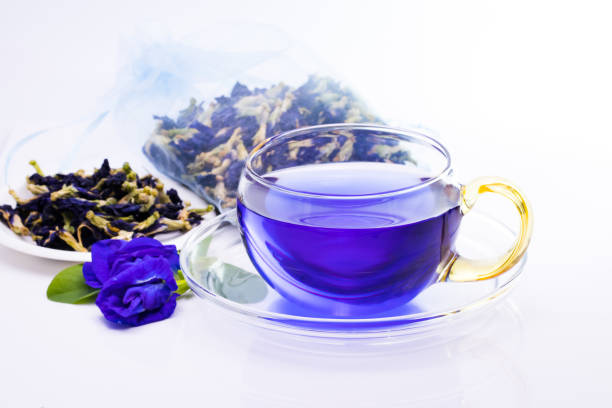Welcome to my today’s article about “What Is Blue Tea?“. You probably got here because you heard rumors of a lively drink that has been sweeping young tea enthusiasts and the health-minded alike. Blue tea, which we are talking about today, is a blue-colored tea and not to be confused with green tea (which I discuss so much as it is very healthy anyway). Blue tea is a lovely infusion that is as captivating as it is delightful. But it’s not simply a feast for the eyes; it could also be good for your health.
What exactly is blue tea? It is an herbal tea that is free from caffeine and prepared by drying the flowers of a plant called Clitoria Ternatea, or butterfly pea flower. These bright blue petals of the plant are rich in pigments that color the tea blue. True, it is visually stunning, but the appeal of blue tea stretches way beyond its color. With its roots going back to Southeast Asia, where it was considered a traditional tea and was also common in Ayurvedic practice, antioxidants are present in blue tea.
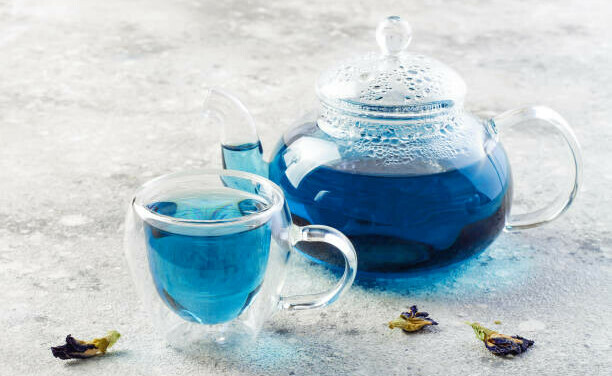
But wait, there’s more. The color will definitely captivate you; the mild earthy flavor and medicinal properties such as boosting brain function and calming stress are what differentiates blue tea. Well, either way you’re in for a real treat.
So you now have a fair idea of what blue tea is, let me answer why it has become the most trending tea. In the next part we will delve into the butterfly pea flower, who is actually the protagonist of this show and also reveal what blue tea really is.
The Natural Ingredients of Blue Tea
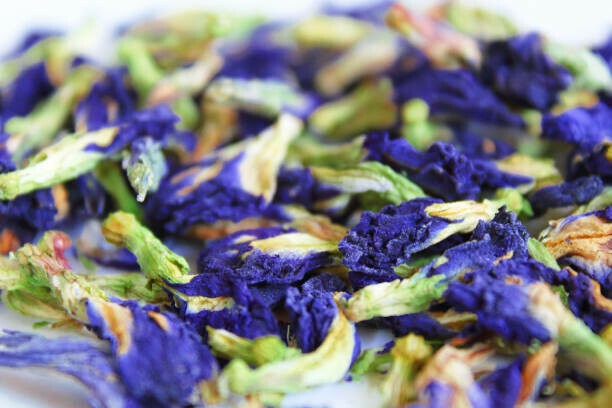
Keep scrolling and I’ll show you exactly what is in blue tea that makes it blue. Blue tea is coloured using the butterfly pea flower, or Clitoria Ternatea for its scientific name. Not only is this plant the centerpiece ingredient, but it is also the cause of its colorful nature that gives blue tea all of its attention. Not to mention its use in Ayurvedic tradition.
I never said good things come easy. Maintaining these flowers is an intensive process, based on organic farming. Sourcing an organically cultivated butterfly pea flower goes beyond taste and colour but also about ensuring purity and sustainability! So, while you sip on a cup of blue tea, you’re also doing your part to be sustainable.
So, next thing is the most wonderful characteristic of a blue tea that it is its color, it has a delightful taste and looks beautiful. It tastes Earthy: unlike regular teas, it doesn’t just titillate your taste buds with a unique earthy flavor. It is also a visual treat for your eyes with its natural royal blue color. And guess what? The colour of blue tea can range from blue to purple depending on pH. Isn’t that wonderful?
Jump right in to discover the extensive benefits this drink has on your health. In addition to the elevated sensory experience, blue tea has a fantastic antioxidant profile and is said to bring about good health. Well, hold on to your seat, because we are just about to expose how blue tea drinking could become the next sensational health glow up for your physical and mental state!
Health Benefits and Nutritional Value
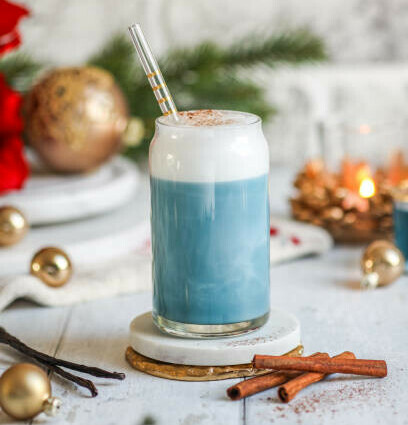
So, I’m on board with all the health benefits that are making blue tea popular among wellness enthusiasts. Not only is this colorful brew a total treat to the eyes, it’s also packed with antioxidants. They are your power heroes fighting off free radicals, the outlaws of cell damage and aging.
That’s going to include a discussion on how it’s believed to combat stress and enhance mental clarity. Anecdotal evidence suggests that a cup of Blue Tea can be a serene escape from the stress of day-to-day life. You’re going to find out about how certain compounds in the tea may support cognitive functions and could help in calming your mind.
Also, there are some claims about its ability to help improve skin health and boost anti-aging properties. Flavonoids have anti-inflammatory properties and can boost the production of collagen in your skin, so it surely assists in keeping your complexion looking youthful and radiant. Stop worrying about getting older: Blue Tea might just be the new natural skin elixir that will give you a healthy and youthful radiance.
Brewing the Perfect Cup of Blue Tea
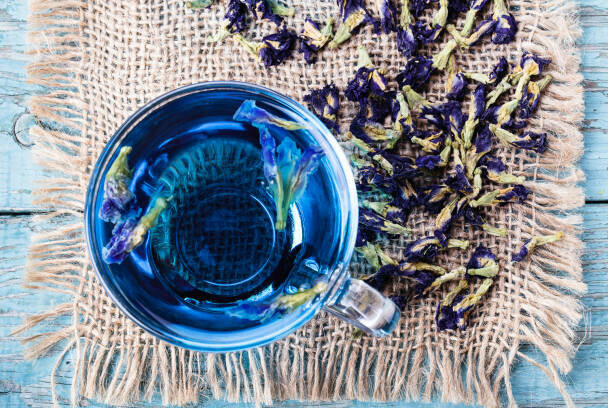
I will be sharing with you the secret of how to prepare blue tea, so that it will look amazing as well as taste wonderful. This lively drink is easy and pleasurable to make.
The magic that makes tea color hypnotic is using dried butterfly pea flowers. Use fresh, filtered water, and heat it to just below boiling for the perfect brew. 80–90 degrees is good as very hot water can make your blue tea taste bitter. So wait until you see how quickly blue tea infuses. A few minutes is all you need. Now, gently place the flowers into your pot or infuser and steep a few minutes (4 to 5) as you watch the water turn deeper, richer blue.
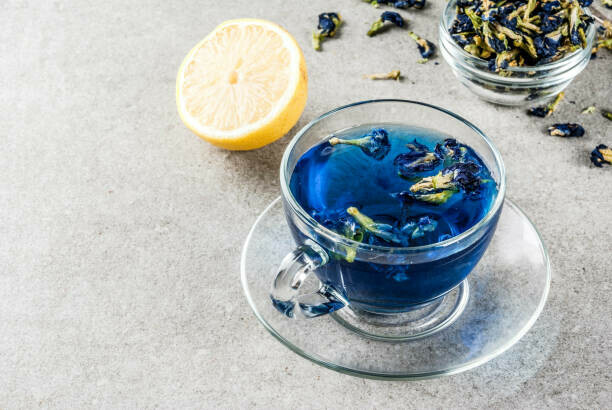
Remember, you can always explore different variations. Also, it’s excellent with a touch of lemon juice, which changes the color from blue to purple due to the pH adjustment. This whole display is quite a show-stopper and adds the perfect tang!
Decide on the garnish or sweetener that fits your vibe. Fresh lavender, basil, lemongrass, cinnamon stick (not powder!) or honey!
Personally, I think blue tea is best enjoyed in the late afternoon or evening when you are winding down. It is naturally caffeine-free, making it perfect for calming down.
Pairing blue tea with a few light evening snacks or dessert will make you the star of any party. It is lovely with plain flavors, like vanilla or a fruit base that that goes well with its floral taste.
The Cultural and Social Impact of Blue Tea
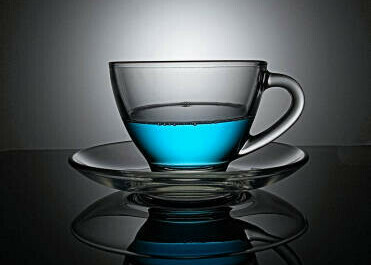
More than just a drink, blue tea is a rich tapestry of cultural heritage mixed with millennia and more modernity. Found in traditional ceremonies across Southeast Asia, its roots go back a long way as one of the most cherished ingredients loved not just for its taste but also for what it stands for. So just let that marinate for a second. You are not just drinking a colourful drink but taking part in an inheritance that unites those generations.
In this post, We have been through a journey of wellness culture in which blue tea has been enthusiastically embraced. While it is a typical sight in yoga studios and health food stores, its vivid colour simply an expression of the calm and conscious that it has come to symbolize. This unassuming flower tea has now been thrust into the limelight due to social media. Blue latte is a visual treat.
Just imagine seeing those cool blue cups scrolling down on your feed. Makes you want to try it, right? Blue tea is also eco-friendly, making its production a compelling story as well; in line with the narrative adopted by an increasingly conscious global audience. It signifies a fusion of tradition, health and sustainability. It’s a story in progress every time they pour a cup or share a photo, spreading the word that eating (and drinking) this way is good for both us and the planet.
Thank you for reading my article about “What Is Blue Tea?” and I would love to receive your comments down below, in case of any.

